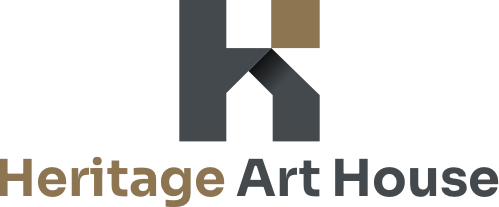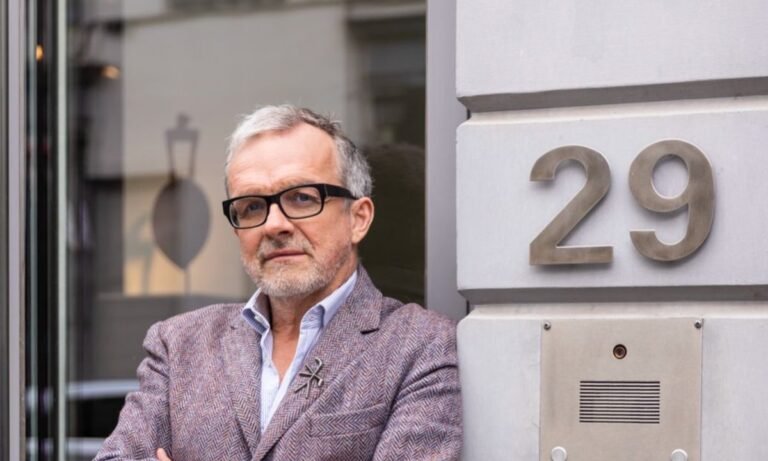Amid mounting regulatory pressure on the art and antiques trade, the International Confederation of Art and Antique Dealers’ Associations (Cinoa) has issued a renewed call for solidarity across the sector. The announcement coincided with the election of the Belgian dealer, Patrick Mestdagh, as Cinoa’s new president, succeeding Clinton Howell.
“Now is the time to unite—dealers, curators, scholars, collectors—to defend the art trade as a guardian of global heritage,” Mestdagh said in press release adjoining the organisation’s annual general meeting in Milan (June 4-6). The event brought together more than 20 organisations from 11 countries, representing groups across a broad sweep of the art market, including dealer associations, auction houses, legal experts, trade fairs, and scholars.
Cinoa’s call for solidarity came ahead of a game-changing EU import licensing regulation, which will take effect on 28 June. The new rule will require dealers to provide evidence that cultural goods more than 200 years old (or 250 years for archaeological objects and goods over certain value thresholds) were legally acquired from their country of origin before being imported into the EU.
Anti-money laundering legislation, sanctions reporting and changes in VAT are also contributing to the feeling of increasing regulatory pressure among dealers.
“The burden of all these new rules, particularly on micro to small businesses is huge. It’s not something a market can develop an infrastructure for overnight,” says Erika Bochereau, the secretary general of Cinoa, which represents more than 5,000 dealers across more than 30 associations. In 2023, Cinoa established a sub group within the European Commission, known as “Dialogue with the art market”, to reinforce formal lines of communication between policymakers and the trade.
The body is also pushing for a more co-ordinated approache to persistent challenges, including orphaned cultural goods (works with incomplete or uncertain provenance) and liaising with the intergovernmental organisation Unidroit (International Institute for the Unification of Private Law).
Will Korner, the head of fairs at Tefaf, agrees with the need for collaboration: “It is important that we represent the whole art trade’s interests at the highest tables and platforms where decisions are made, and that new or updated legislation reflects challenges, but also current realities or processes in the trade.”
In May, Cinoa submitted evidence to the European Commission’s call for input into a new strategic framework, known as the ‘Culture Compass’. Its response supported the “aim of embedding culture more deeply into EU policy”, while advocating for all art and antique dealers (including auctioneers and antiquarian booksellers) to be recognised as heritage professionals.
For Cinoa members, the opportunity to raise awareness of the realities of business and the sector’s impact appears welcome: “I think that those not necessarily connected to our ‘industry’ would be surprised to know that the art and antiques market contributed over £7.8bn to the UK in 2024, says Louise Phillips, the chairman of The British Antique Dealers Association.





